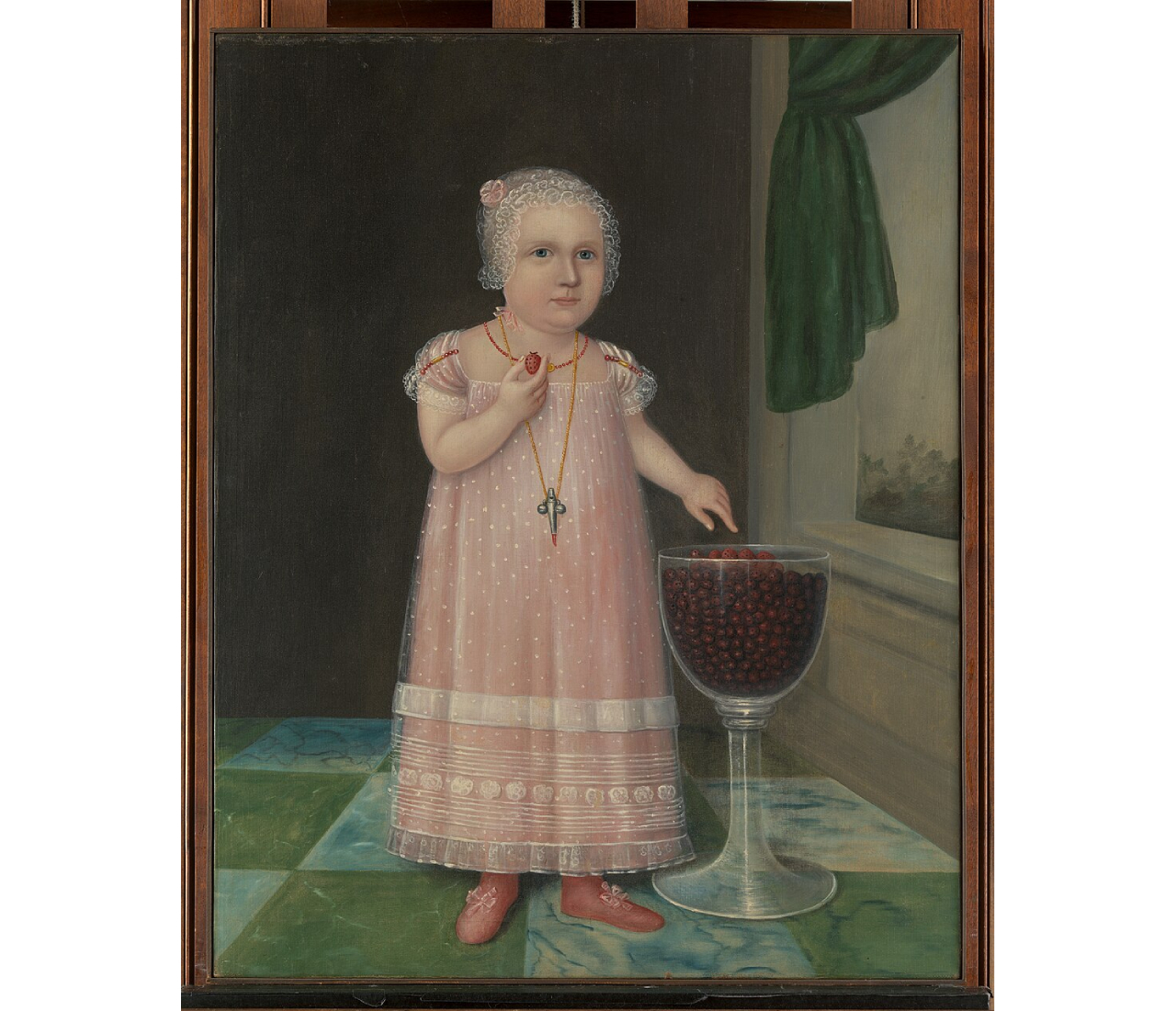In American painting, the design of still life as an independent genre takes place in the first decades of the 19th century. Along with the dominant portrait and the historical painting on modern themes generated by the era of the struggle for independence, the still life becomes a full participant in the artistic process, modestly but persistently existing in the shadow of big names and phenomena up to the present day. Antique dealers that buy antiques and people who buy antique paintings highly rate the American still-life artworks.
The formation of the still life took place during a fruitful period for American art of a nationwide upsurge inspired by independence. Thanks to the efforts of the intellectual forces of society – scientists, politicians, publishers, writers, artists, a favorable environment for the development of scientific and artistic interests has been formed in the best cultural centers (Philadelphia, Boston). At this stage, the specialization of painting begins, its division into more specific forms. The new tastes of art connoisseurs, who buy paintings and modern requests of the antique art dealers started to form in those times.
In the system of genres of European art, a still life is preceded by a portrait and a painting (religious, household, landscape, interior). If the predecessor of the Dutch still life was miniature, genre and interior painting, then the American still life, albeit very late, compared to the European one, went to its maturity and originality in other ways. In colonial America and in the first decades of the independent state, only the portrait was widespread and in favor among painting buyers and in demand by antique art dealers. It is in the structure of the portrait, as its compositional and pictorial improvement and complication organically include elements of still life. Since the early 1760s, the first national portrait painter John Singleton Copley (1738-1815), who lived in Boston, have been freely and brilliantly painted accessories and objects that form an integral part of the characteristics of the portrayed. So, in the portrait of P. Revere, a famous Boston jeweler, there is a silver teapot and tools; in the portrait of John Winthrop, a Harvard professor of mathematics and astronomer, there is a telescope and papers with observations; in the portrait of Elizabeth Goldthwaite, a respected mother of the family, there is a dish with ripe peaches on the polished surface of the table.
Elements of still life are often found in portraits of American limners – commercial painters, often self-taught, taking on both portraits and signs, designing architectural elements of houses, carts, hotels, taverns etc. These can be vases or pots with flowers, books, writing or tea accessories, medical devices, toys, fruit baskets (Aubrey Vincent Beardsley. Portrait of Mrs. Beardsley, 1788–90). Sometimes an amateur artist arbitrarily enlarges an object (in this case, a high-stemmed glass filled with strawberries), artlessly emphasizing its significance and beauty (Portrait of Emma Van Neum, 1795).

Joshua Johnson. Portrait of Emma Van Neum, 1795 SOURCE: Wikipedia
Generally, the still life paintings were rare in America until the last decade of the 18th century, in contrast to the portrait, which had a specific purpose. The purpose of the still life is to decorate the home. And decoration has long been regarded as frivolous and sinful, both in the Puritan milieu of New England and in the Quaker settlements of Pennsylvania. Thus, one of the sources of the interest of artists of colonial America in still life was decorative painting, widespread by the end of the 18th century and familiar to the eye on various architectural elements of the house - wood paneling of walls, doors, stair balusters, in the design of fireplaces.
Today the American still life paintings is highly valued by collectors and antique dealers.
Cover image: John Singleton Copley The portrait of Elizabeth Goldthwaite. 1771. SOURCE: arthive


